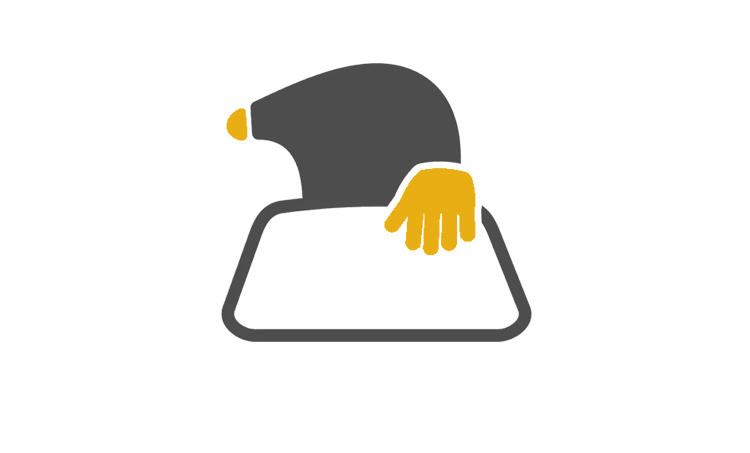Last Updated on: 22nd November 2023, 04:21 am
A business plan is crucial for any organisation, not only as a tool to attract potential investors but, perhaps even more importantly, to measure your own success. Setting down your objectives and the steps you will take to meet them helps provide a real focus and although it can initially seem like a daunting task, our guide should help you get started with your own business plan.
Make sure it’s readable
Whether your business plan is for internal use or to attract investors, it needs to be a document that people – yourself included – want to read and revisit. Keep things concise, make sure you don’t waffle and use bullet points, graphs or images where possible. Remember you don’t need to include every single thing in your business plan – for example while it’s important to have a ‘marketing section’ giving an overview of how you are going to target a specific audience or group, you don’t need to go into every little detail or include a thorough plan of action.
Adapt your tone
One of the main reasons for writing a business plan is to help attract external investment, so make sure it is appropriate for that purpose. Most banks or investors are going to be particularly interested in the financial side of things, so it makes sense to spend a significant amount of time pulling the relevant figures together in a clear and precise way.
Similarly, don’t include too much jargon – just because you know all the technical language doesn’t mean a new employee or potential investor will. It could be a good idea to get an outsider to read over the plan once it’s written to make sure they understand exactly what you’re trying to say.
Start with an executive summary
Many investors will decide whether to continue reading your business plan on the strength of its executive summary – so make it a good one! Similar to an elevator pitch, your executive summary needs to be concise yet include a lot of information in an engaging manner; namely, you will want to describe the product or service you’re offering, how your business serves a market need, who your target audience is, how much financing you’re seeking and what returns the investor can expect.
Past, present and future
A business plan should include some historical information such as when the company was set up and by who, as well as further detail about the current management team and structure. Use the plan to set out your strategy for the next one to five years, demonstrating that you have a good understanding of exactly where you are now and a well-thought-out idea of where you would like to be in the future. And remember, your business plan isn’t an unchangeable document – it’s something you can go back to regularly and edit as your company grows and your ideas develop.
Stand out from the crowd
Every business will have competitors – so it is integral that you use your business plan to show how you’re going to set yourself apart from other businesses offering similar products or services. This is the Competitor Analysis section, in which you identify the key competitors in your market and pinpoint their strengths, weaknesses and key marketing strategies. With this information you can then identify your business’ competitive advantage and make a case for how you will stand out from the crowd.
Be realistic
Your business plan should include targets throughout – whether around finances, staff or the number of clients you are aiming to have at a specific time. Keep them realistic, as potential investors will be able to spot any figures that don’t look right or seem too optimistic. Don’t be afraid of highlighting potential risks to the company – this will show that you have conducted thorough research and are already taking steps to mitigate against these issues.
Don’t forget the basics
You might have the best business idea and great numbers to back it up, but if your plan is full of sloppy mistakes you aren’t going to impress anyone. Read through it thoroughly for spelling errors, include a contents page and make sure you haven’t left out any vital information. Don’t just print it out and let it get crumpled under a pile of papers on the desk – give it the attention it deserves by getting it properly bound or giving it a cover.
Money money money
If potential investors could only see one section of the plan after the executive summary, it would be the pages that document your finances. This is where they will decide whether it’s worth parting with their hard-earned cash, so make sure you give it the necessary attention. If you’re unsure about exactly what to include, seek help from an accountant such as Howlader & Co who offer a bespoke business plan writing service. The three main elements you will need to include are the:
- income statement
- cash flow projection
- balance sheet
Other figures worth including are the cost of goods sold (the total cost of selling your products) as well as other expenses associated with running the business, your gross margin and operating income – and there are many others that may also be worth highlighting. Speaking to an accountant will ensure you include the most relevant information and set it out in the most appropriate way.
Summary
It can be difficult to know where to start when writing your first business plan, but by keeping it clear and concise, including all of the relevant financial information and illustrating exactly how you are going to make your business a success, it’s a document that will undoubtedly prove a great asset for the future.
Author
Hasib Howlader is the director of Howlader & Co, as well as a chartered accountant, chartered tax adviser and licensed insolvency practitioner.






